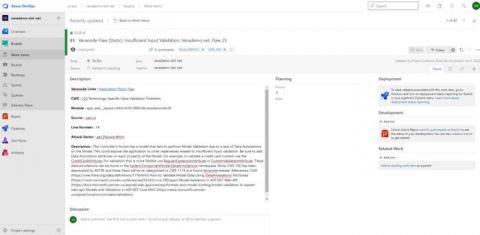25 Years Later: Reflecting on L0pht's 1998 Congress Testimonial and the Evolution of Cybersecurity
I look back on L0pht’s testimony before Congress in 1998 with a mix of pride and reflection. It’s been twenty-five years since our group of hackers (or vulnerability researchers, if you will) stepped up to raise awareness about the importance of internet security in front of some of the world’s most powerful lawmakers. This event marked the beginning of a long journey towards increased cybersecurity awareness and implementation of measures to protect our digital world.



